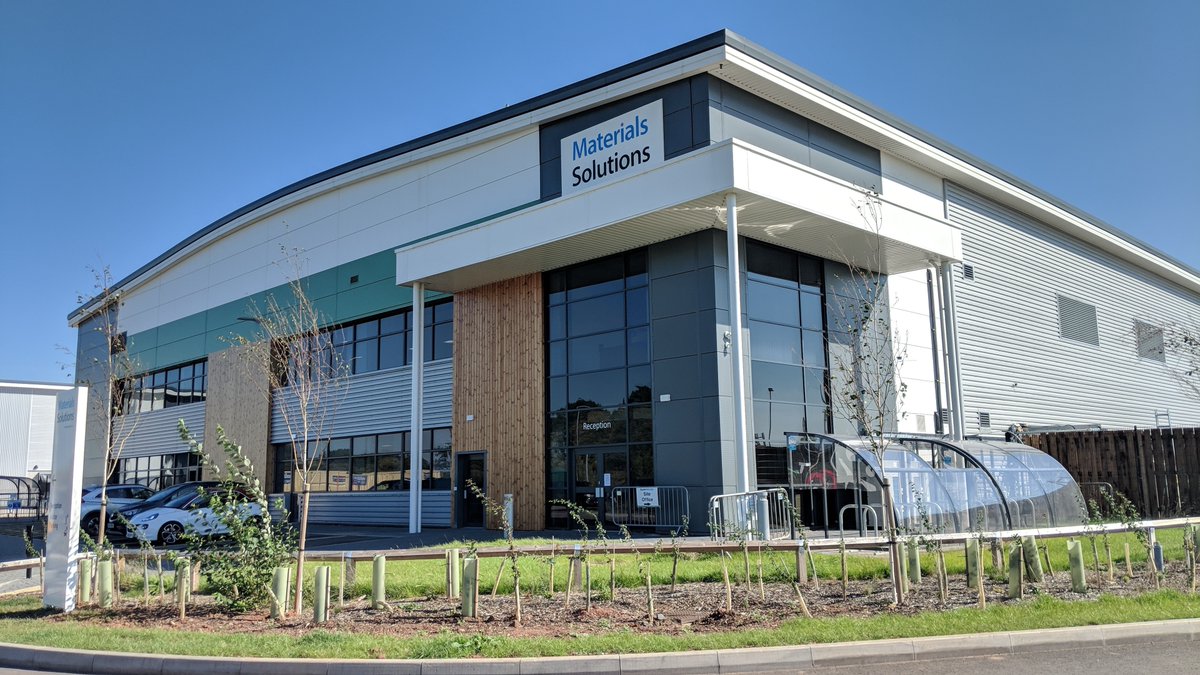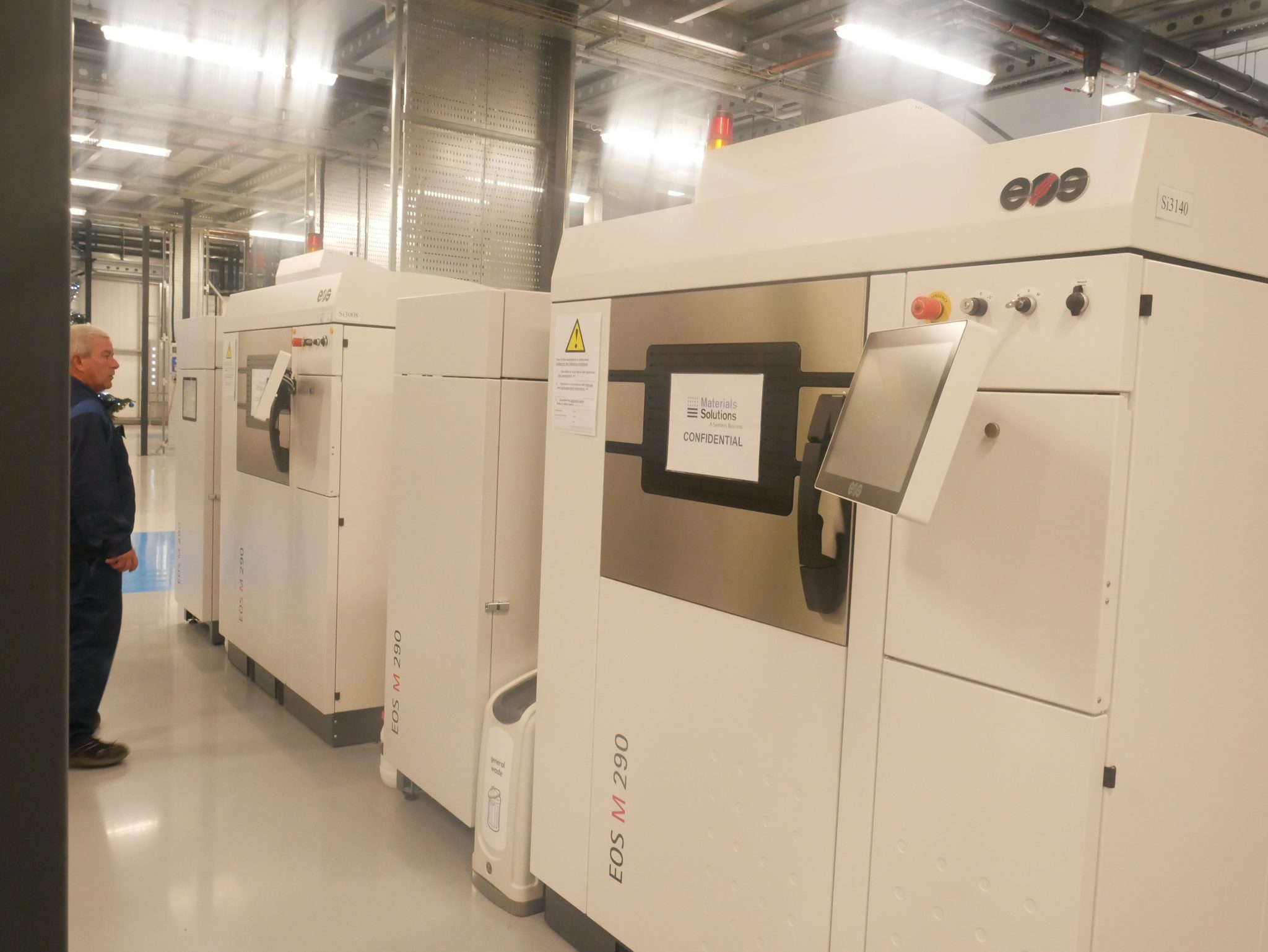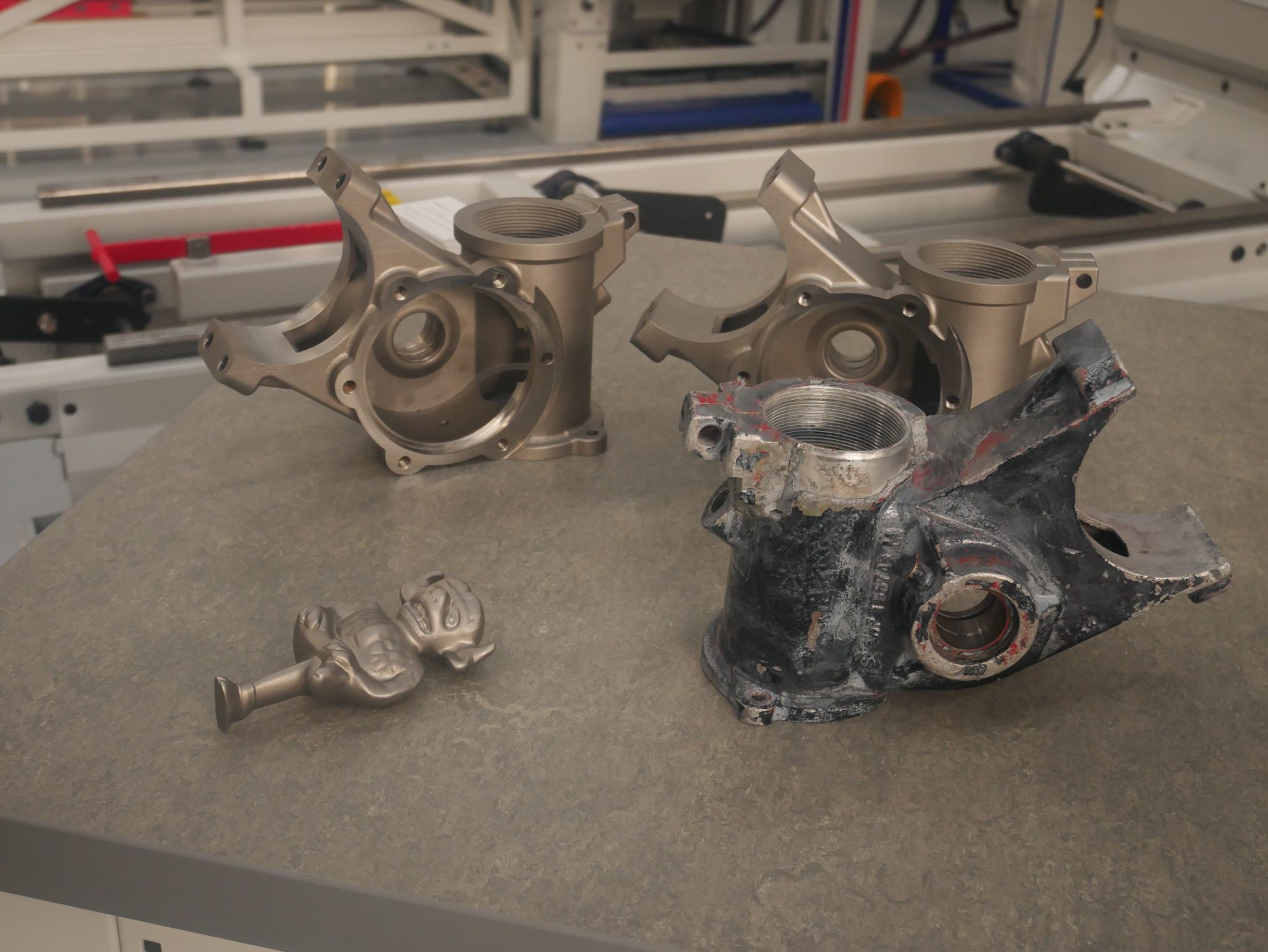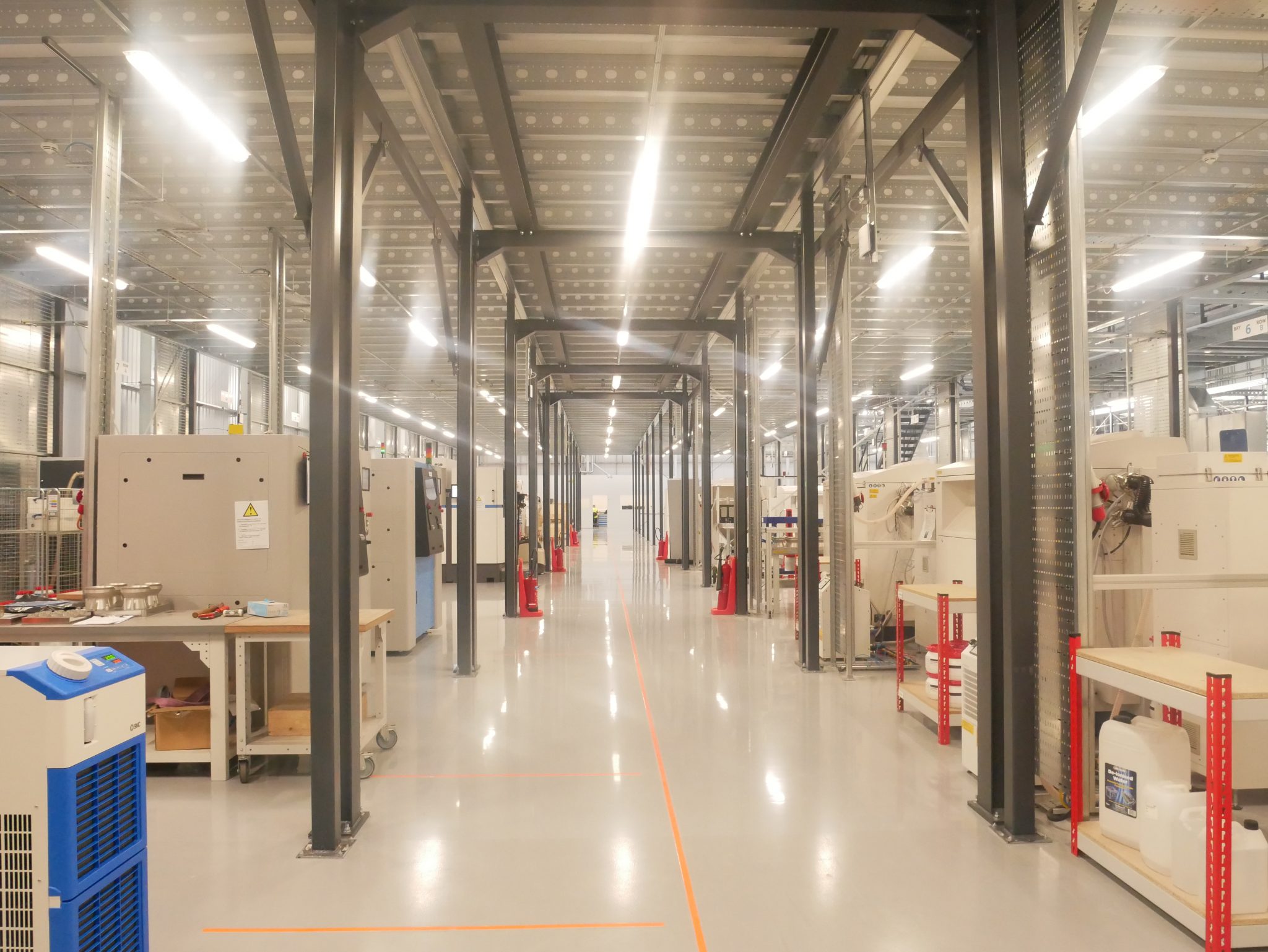With the increasing presence of Industry 4.0, production facilities are integrating automated 3D printing technologies to optimize manufacturing. Adopting this smart factory framework is Materials Solutions, a Siemens Business, that recently established an additive manufacturing facility in Worcester, UK.
Dubbed as the Materials Solutions “Digital Factory”, the 4700 meter-squared shop floor houses 45 employees, an inspection and post-processing area, and 19 industrial metal 3D printers, intended to support the automotive, aerospace, and industries.
3D Printing Industry visited the facility to understand how Siemens aims to utilize this Digital Factory to further additive manufacturing industrialization. Markus Seibold, Head of Additive Manufacturing for Siemens Power & Gas division explained:
“Metal additive manufacturing has spearheaded power generation, automotive, motorsport, tooling and now aerospace. This new state-of-the-art facility has already become and will further progress into a space for driving end-to-end digitalized processes for serial production.”

Ramping up metal additive manufacturing
Materials Solutions a UK-based service bureau with a decade of experience in the producing power generation components. This company was also the first to install an EOS M270 3D printer in 2009. Striving to be the global leader in the industrial implementation of additive manufacturing, Siemens acquired Materials Solutions in 2016.
Using Materials Solutions knowledge in additively manufacturing high-demand engine components, Siemens sought to create a shop floor that would drive hardware with its digital solutions. According to Phil Hatherley, General Manager of Materials Solutions, Siemens:
“Our current strategy is based on the belief that existing Siemens additive manufacturing technology can sustain a digital factory. This is because existing machines can be improved with software; one does not have to create the perfect machine.”
Vladimir Navrotsky, Technology & Innovation Manager at Siemens added, “We as a user don’t desire to build our own machines. As I like to say, you don’t have to print the wheel to be innovative. That’s why we allow the 3D printer manufacturers and their expertise in such areas as lasers, to make the machines.”
As a result of Siemens’ acquisition and overall mission, an investment of approximately £27 million was made towards a 3D printing facility for the serial production of additively manufactured parts rather than just prototyping.

Manpower and machinery
The new digital factory included designated areas for each step of the digital value chain. When entering the shop floor, one is confronted with a printing farm which includes a plethora of EOS systems, including the EOS M 300-4 metal additive manufacturing system well as a Renishaw 500Q machine, and Sodi-Tech Electrical Discharge machining systems.
According to Seibold “we plan on using [the Sodi-Tech system] within the sphere of serial production, we like to remind ourselves that we are not just a printing shop. Instead, we work to understand our machines, its capabilities and how it can benefit both us and our customers.”

In addition, stretching across the factory was an inspection area which housed ATOS Scanbox 5108 systems for reverse engineering otherwise obsolete parts. Moving on from this station led to the post-processing area which featured a Solukon AT800 system for automated depowering, Guyson Euroblast 8 sandblasting cabinets, and Kardex XP500 automated storage carousels.
The factory also included a virtual reality station (VR) and showcase area where customized manufacturing processes can be simulated. Moreover, within the Digital Factory Siemens’ latest additive manufacturing technologies such as its PLM chain, NX software, and the cloud-based Internet of Things (IoT) operating system, MindSphere, are implemented.

Simulation to serial production
According to Navrotsky, the biggest hurdle in pioneering a digital value chain comes from distortion in the additive manufacturing process.
“As parts are taken through production, CAD technology can fail to account for the distortion caused by laser sintering and post-processes. That is why simulation is so important in a smart factory.”
“For example, our Simcenter 3D Additive Manufacturing Build Process Simulation software solution introduced at Formnext, simulates the powder-based laser application process to enable ‘first time right’ prints. This technology will forever change serial production for the better.”
The Materials Solutions facility plans to expand its range of 3D printers over the next few years to 50, as well as employ an additional 20-25 persons to aid with the workload of the Digital Factory.

In 2017, Siemens won Application of the Year in the 3D Printing Industry Awards. Nominations for the 2019 3D Printing Industry Awards are now open, be sure to make yours here.
For all the latest 3D printing news and previews, subscribe to the 3D Printing Industry newsletter, follow us on Twitter, and like us on Facebook.
Make your next additive manufacturing career move or hire new talent. Search and post 3D Printing Jobs on our free jobs service.
Featured image shows the inside of the Materials Solutions Digital Factory. Photo by Tia Vialva.

